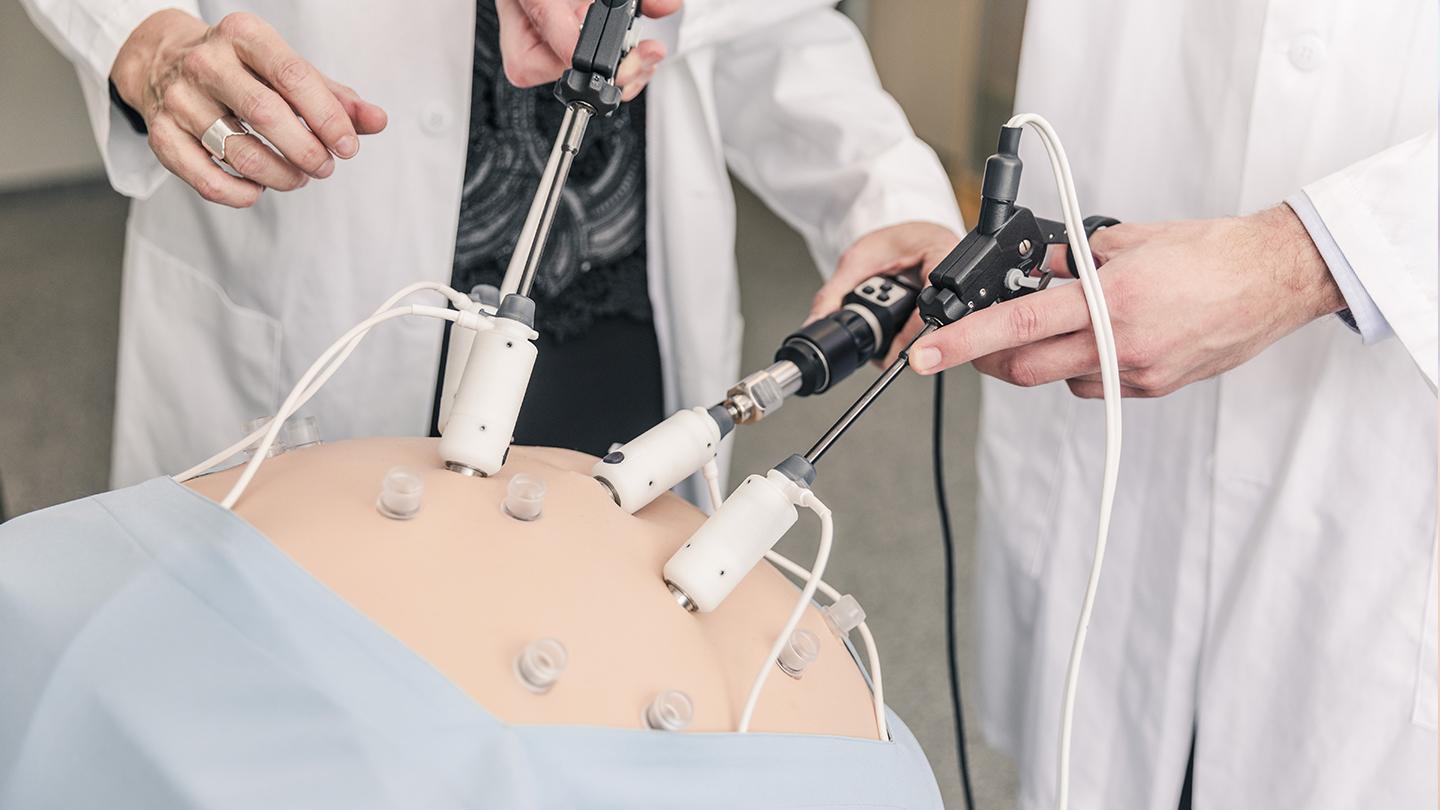
LaparoS™ General Surgery Module
Start with patient positioning, team positioning and trocar placement.
About the Module
Start by positioning your patient and place Active Trocars™ for your laparoscope and instruments. Stand side-by-side with a colleague for team training, or train in stand-alone mode.
Inserting the laparoscope allows you to examine the entire insufflated peritoneal cavity as you introduce more trocars and instruments. Use a combination of blunt and electrosurgical instruments, and feel tissue feedback individual to each organ.
The LaparoS™ General Surgery Module walks you through each key skill for laparoscopic surgery with a stepwise approach and with short, motivational training cases.
Meaningful Training Cases
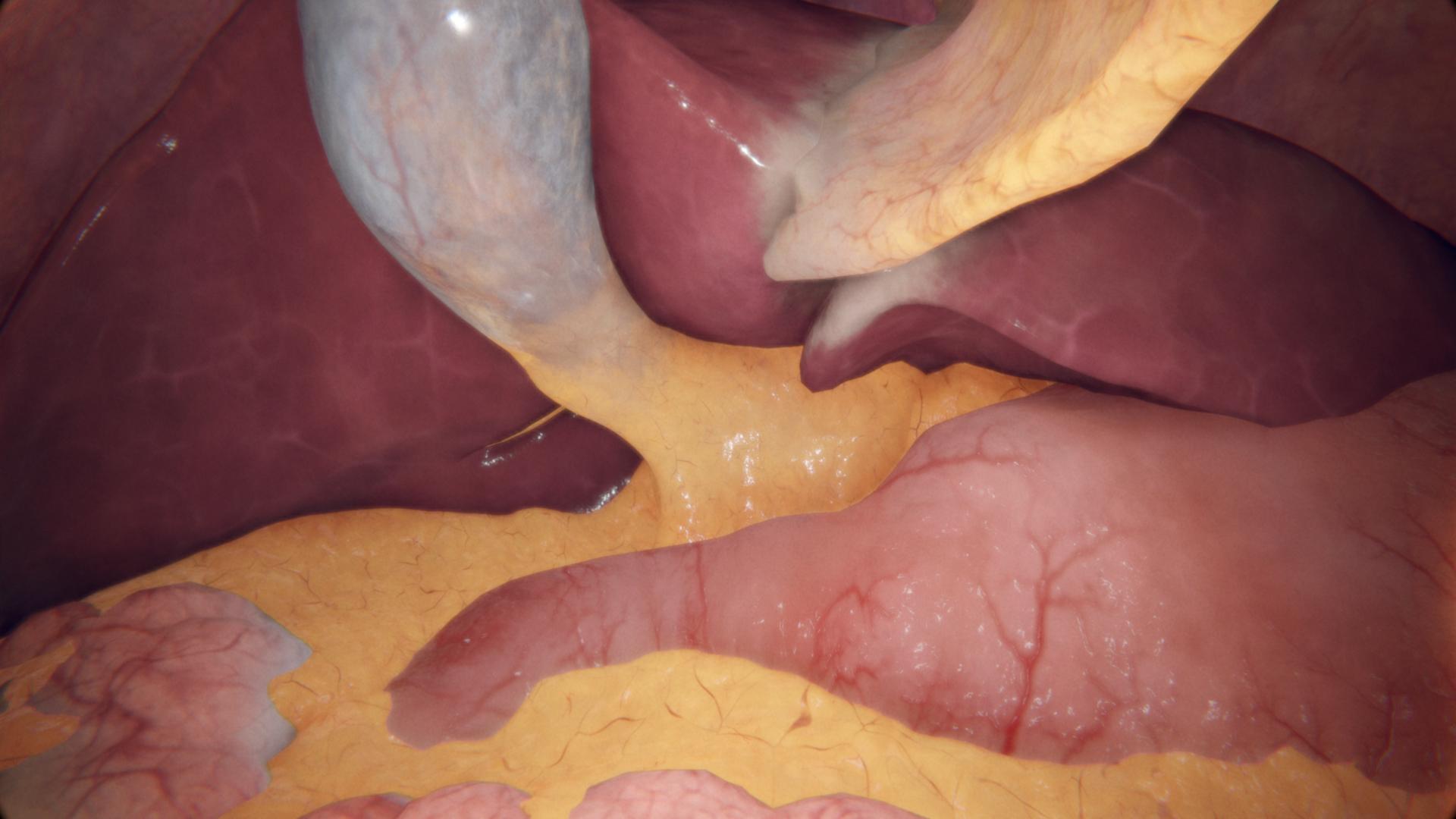
Train camera navigation in a highly realistic environment.
Learn how to inspect the abdominal cavity in a clockwise fashion. Make sure to manage your camera horizon and camera path length and visualize all key anatomical structures in a 360° diagnostic tour. Document potential findings with camera images.
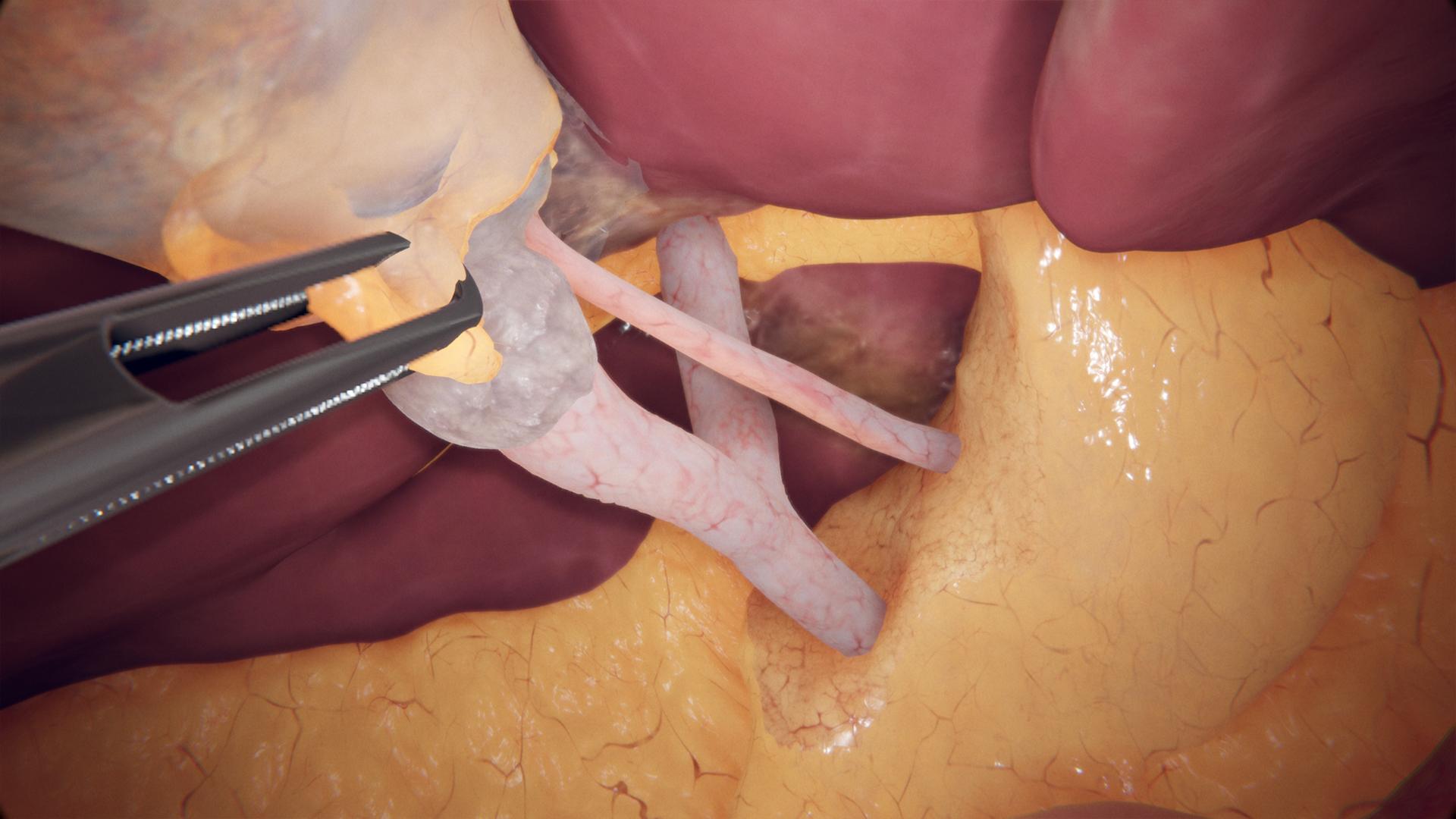
Get to know the critical view of safety concept in cholecystectomy.
Familiarize yourself with the key anatomies of the hepatocystic triangle and perform a step-by-step cholecystectomy. The simulator will guide you how to apply traction to the gallbladder considering Rouvières sulcus, how to safely expose cystic duct and artery from the fat in order to establish the critical view of safety, how to ligate the vessels using clips and how to safely remove the gallbladder from the liver bed. In addition you will encounter a great variety of anatomical variations of cystic duct and artery in order to develop an understanding of anatomical aberrations.
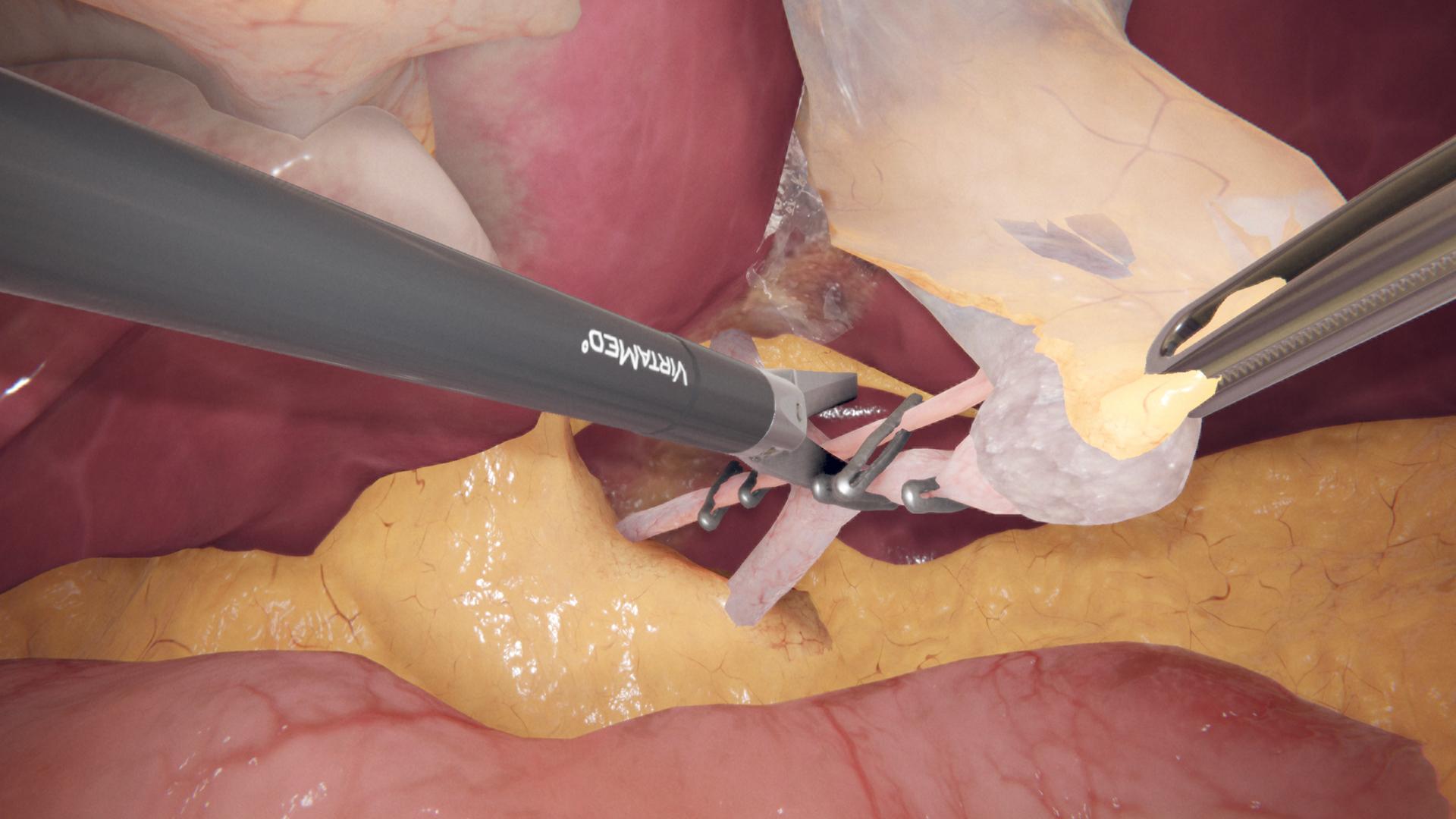
Develop your ambidextrous skills with situs inversus totalis.
"Ambidexterity has been identified by expert surgeons as a critical factor in the achievement of laparoscopic psychomotor surgical skills proficiency.”* Our situs inversus totalis cases will confront you with a mirrored anatomy which requires you to perform critical tasks such as blunt dissection, clipping and electrocautery using your left hand as the dominant hand. Train the non-dominant hand by simulation and improve the performance of both your hands in a safe and repeatable environment.
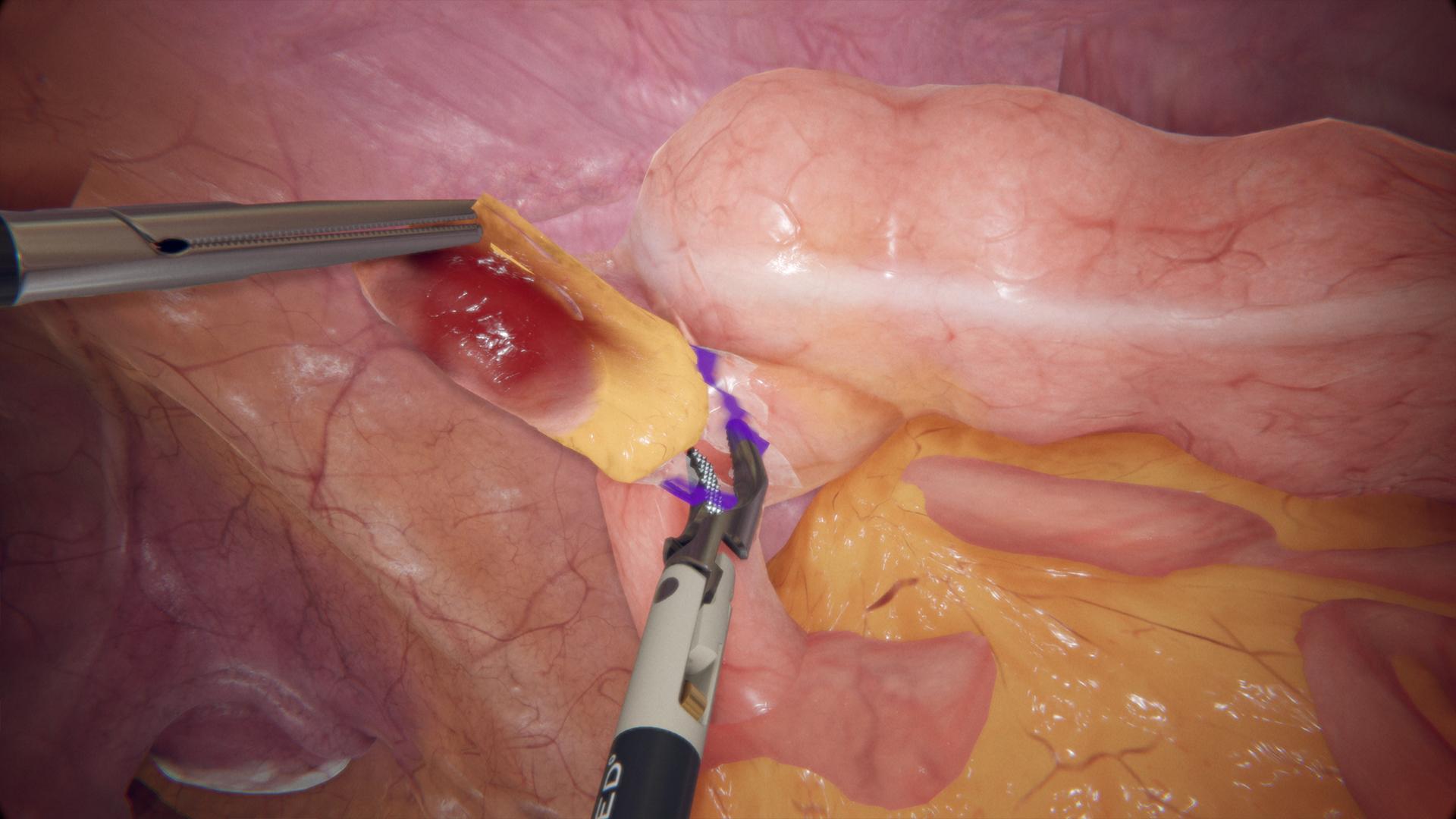
Master adhesiolysis and blunt dissection.
Safe adhesiolysis and blunt dissection techniques are crucial in appendicitis and hernia scenarios to avoid perforation and bowel damage. The LaparoS™ General Surgery module offers several cases with anatomical variations of the appendix and adhesions to the abdominal wall, the pelvic floor and the small bowel. In addition there is also a ventral hernia scenario with omentum stuck to the abdominal wall. Adhesions have to be safely removed using blunt dissection methods and cold scissors. The hernia sac needs to be freed from surrounding fat and the appendix base safely prepared for ligation.
Factsheets & Validation
Get more details about the most realistic laparoscopic simulator.